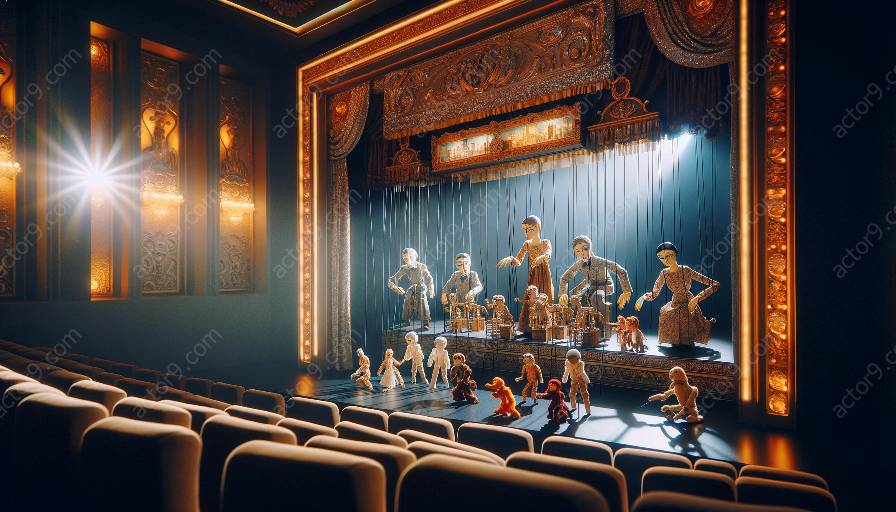Introduction:
Puppetry has been a powerful tool for communication and expression throughout history, and its role in conflict resolution and peacebuilding has been significant. This article explores the use of puppetry in promoting social change and harmony, delving into its historical roots and its relevance in addressing conflicts and promoting peace.
History of Puppetry:
Puppetry has a rich history dating back thousands of years, with origins in ancient civilizations such as Egypt, Greece, and China. Puppets have been used in religious rituals, entertainment, and storytelling, evolving into a diverse and expressive art form over time. In various cultures, puppetry has served as a vehicle for cultural preservation and social commentary, reflecting the values and beliefs of different societies.
Significance of Puppetry:
Puppetry holds a unique position in conflict resolution and peacebuilding due to its ability to convey complex messages in a non-threatening and engaging manner. Puppets have the power to transcend language barriers and connect with diverse audiences, making them an effective tool for addressing sensitive issues and fostering empathy and understanding.
Forms of Puppetry in Peacebuilding:
In conflict-affected regions and post-war societies, puppetry has been utilized in various forms to facilitate dialogue, reconciliation, and healing. Through puppet theater, workshops, and community-based projects, artists and peacebuilders have employed puppetry to engage communities in discussions about their shared experiences, grievances, and aspirations for a peaceful future.
Storytelling and Empowerment:
Puppet performances and storytelling have been employed to empower marginalized groups, including women, children, and refugees, allowing them to voice their experiences and advocate for their rights. By giving voice to the voiceless, puppetry has become a catalyst for social change and advocacy, amplifying the narratives of those affected by conflict and injustice.
Visual Representation and Reconciliation:
Puppetry's visual nature enables it to depict sensitive or difficult narratives while maintaining a safe distance from potentially triggering emotions. This allows audiences to engage with challenging topics in a more contemplative manner, fostering dialogue and understanding among conflicting parties and promoting avenues for reconciliation.
Transcending Boundaries:
With its ability to transcend cultural and social boundaries, puppetry has been used in international peacebuilding efforts, bridging divides and promoting cross-cultural understanding. By employing familiar and relatable puppet characters, artists have connected with audiences worldwide, fostering empathy and cooperation in the pursuit of global peace.
Innovations in Puppetry for Peacebuilding:
As technology advances, puppetry has evolved to incorporate digital and multimedia elements, expanding its reach and impact in conflict resolution and peacebuilding initiatives. From interactive digital puppetry to virtual reality experiences, artists have harnessed innovative approaches to engage audiences and mobilize collective action for peace.
Conclusion:
In conclusion, puppetry has played a vital role in conflict resolution and peacebuilding, leveraging its historical significance and expressive potential to promote social change and harmony. As an art form that can reach diverse audiences and facilitate dialogue, puppetry continues to be an invaluable tool in addressing conflicts, advocating for justice, and fostering sustainable peace across cultures and societies.


























